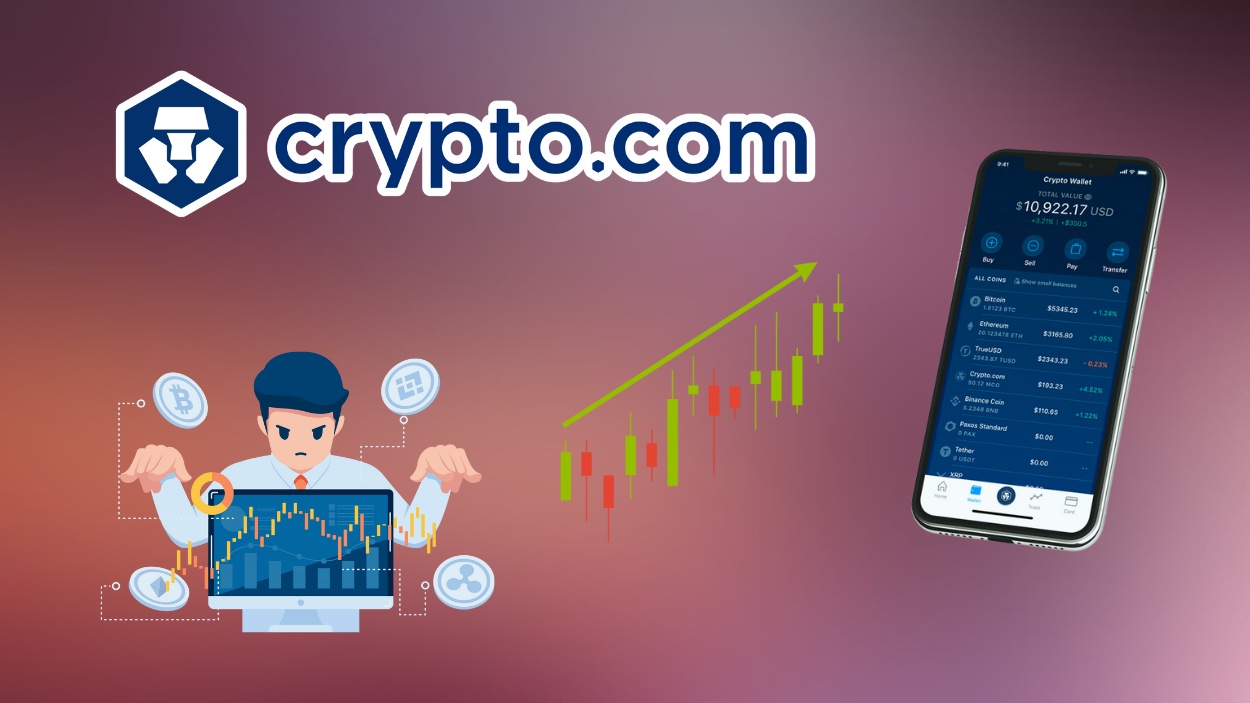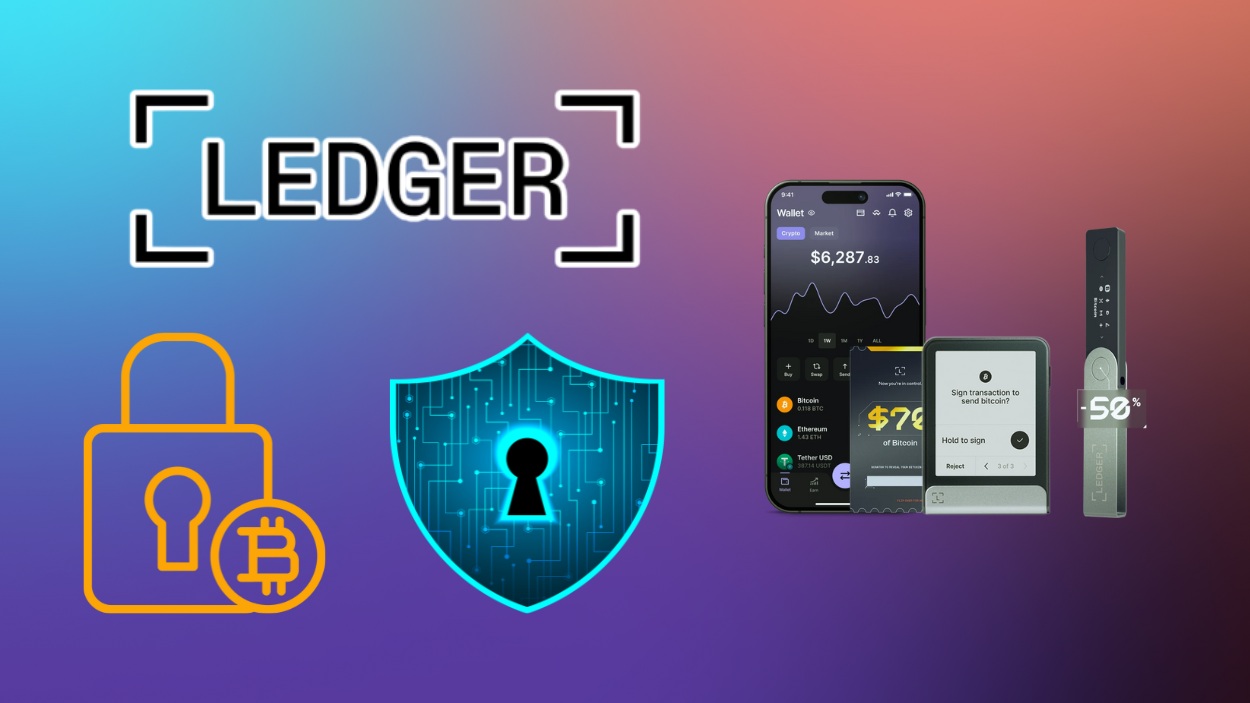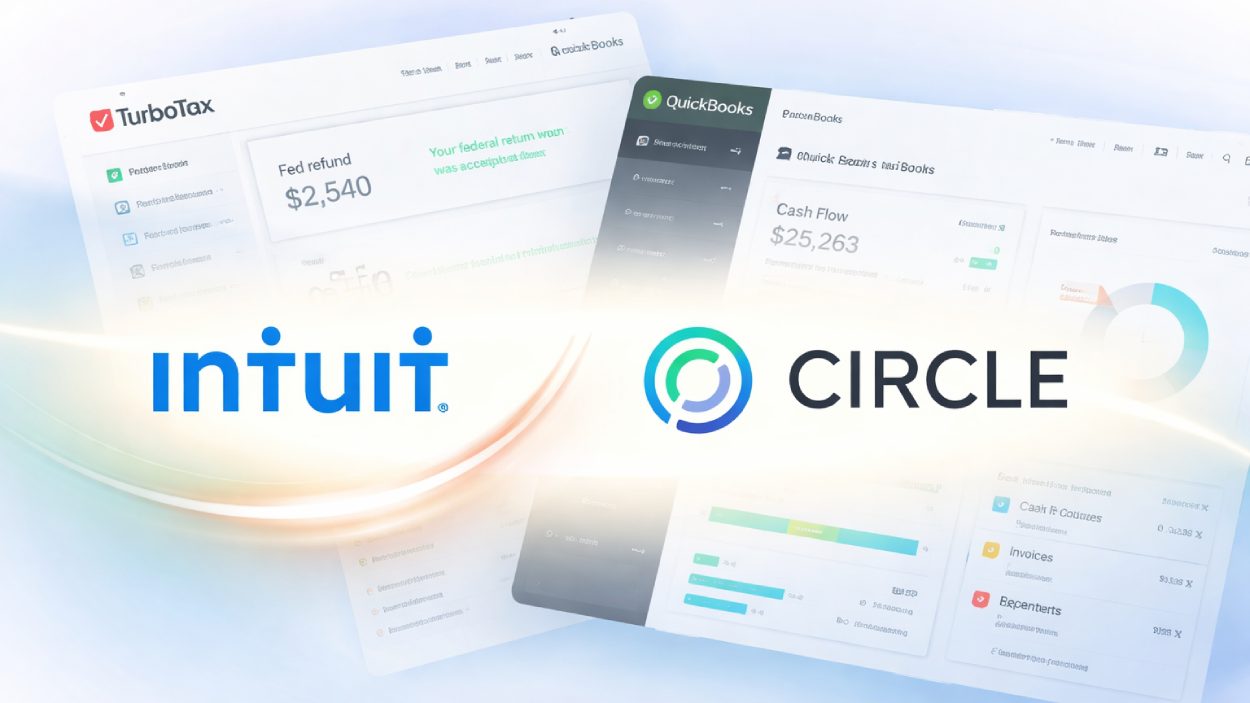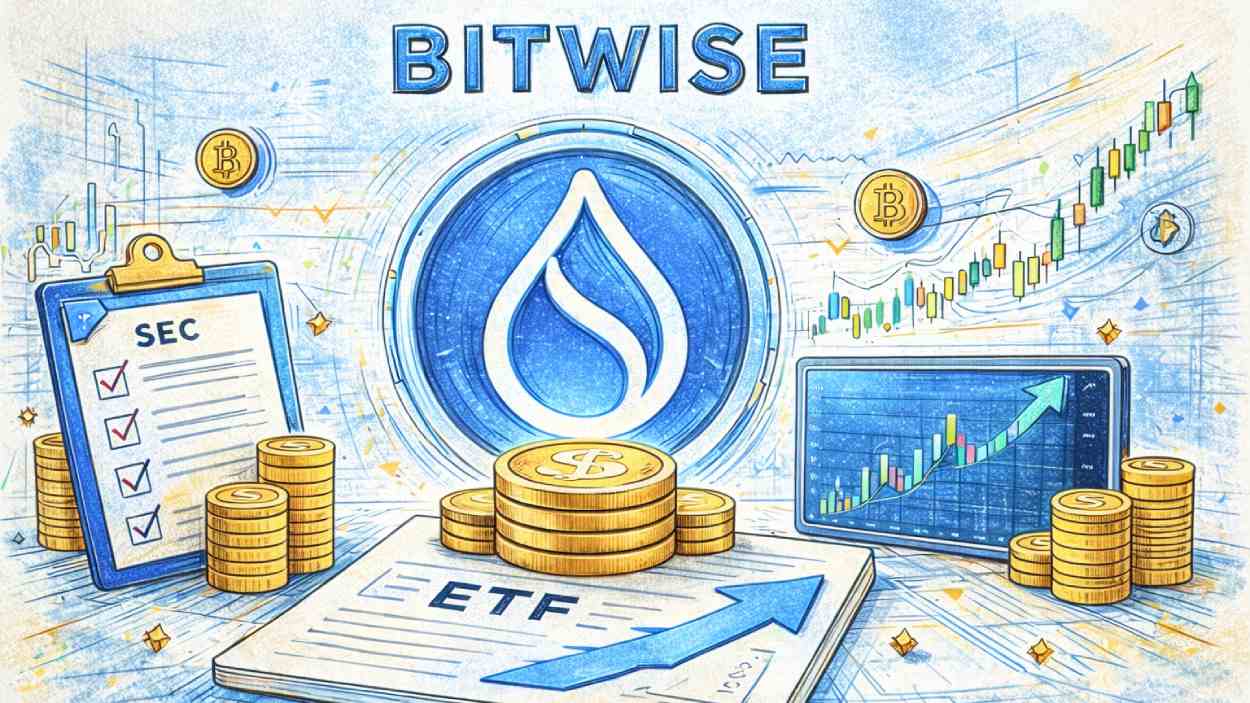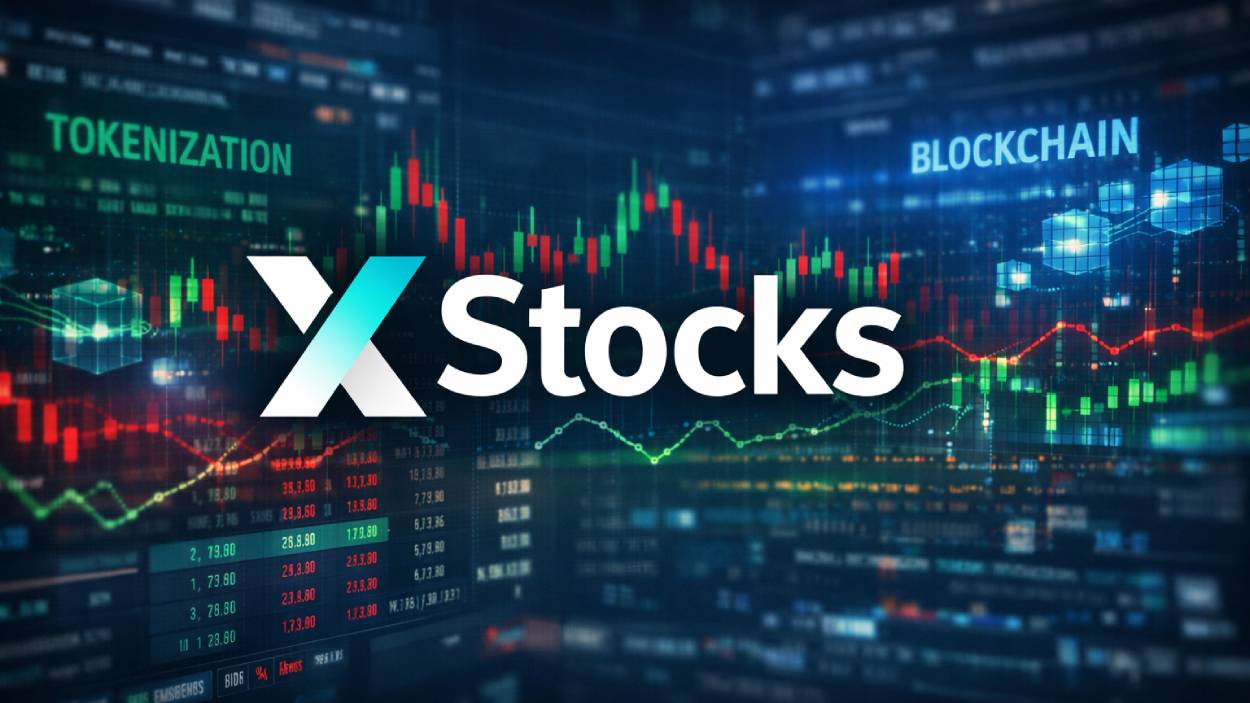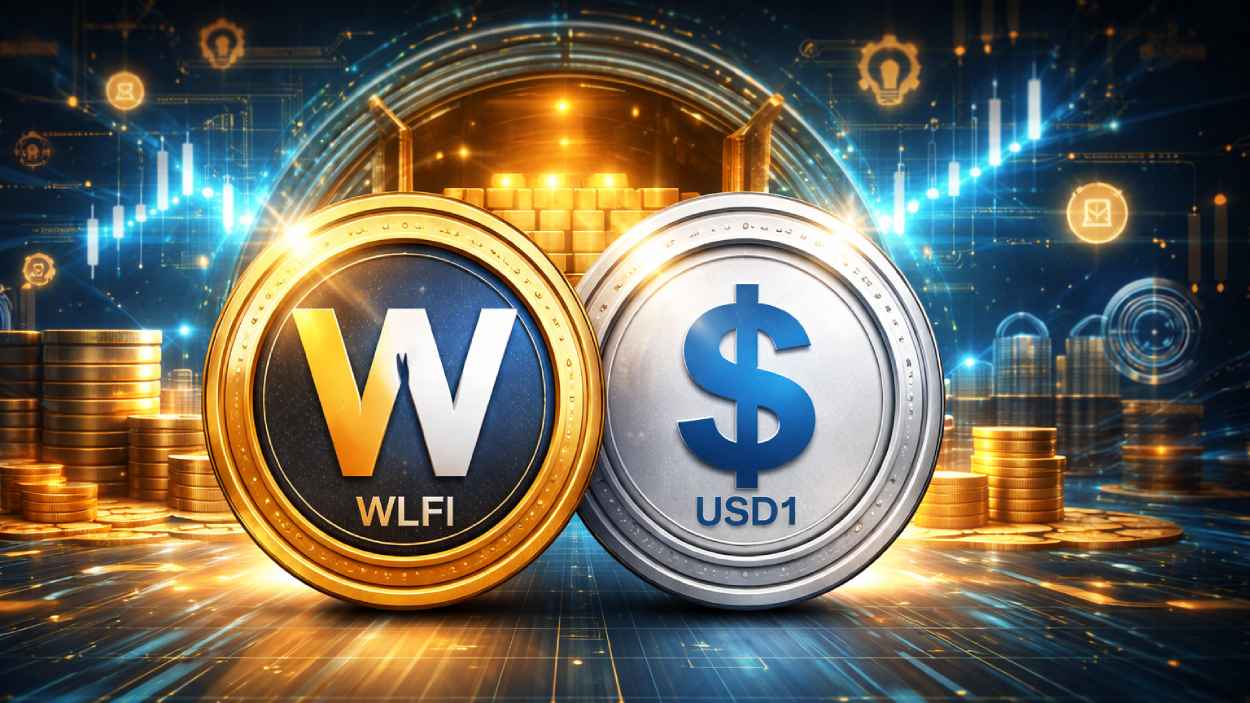XRP is moving one step closer to becoming a mainstream investment product, with ETF giants Grayscale and Bitwise making bold regulatory moves and revealing fee structures that hint at an imminent launch.
Key Takeaways
- Bitwise and Grayscale disclosed management fees for their proposed XRP ETFs, signaling the products could launch as soon as mid-November.
- Grayscale filed a second amendment to its Form S-1 with the SEC, reinforcing its push to offer institutional-grade exposure to XRP.
- The SEC’s current limited operations during the U.S. government shutdown could allow automatic ETF listings without formal approvals.
- XRP adoption is expanding beyond ETFs, with VivoPower launching a $5 million tokenization project using XRP as a reserve asset.
What Happened?
Two of the biggest players in crypto asset management, Bitwise and Grayscale, are racing to bring spot XRP exchange-traded funds (ETFs) to market. While these products have not received explicit SEC approval, recent filings and industry mechanisms suggest both could debut in financial markets within weeks. The move would mark a milestone for XRP and a broader shift in how digital assets are integrated into traditional investment vehicles.
🚨BREAKING: Grayscale has just filed a new amendment for their #XRP ETF! pic.twitter.com/6B8r0xbzpf
— JackTheRippler ©️ (@RippleXrpie) November 4, 2025
XRP ETF Launches May Bypass Traditional Approval
Bitwise revealed a 0.34% annual management fee for its proposed XRP ETF, while Grayscale set its fee at 0.35%, consistent with its other products like the Dogecoin ETF. These details surfaced shortly after both firms successfully launched Solana ETFs, with Bitwise’s SOL ETF generating $56 million in first-day volume, making it the strongest crypto ETF debut of 2025.
Sources indicate both firms are using a “fast-track listing” approach. This method allows funds to go live once they meet technical listing requirements, even if the SEC does not formally greenlight the applications. The process mirrors the path used for Grayscale’s Solana ETF and is gaining traction due to current constraints at the SEC caused by the ongoing U.S. government shutdown.
Under existing SEC guidelines, ETF issuers can submit S-1 registration statements without delaying amendments. If there are no objections or modifications within 20 days, the filings become automatically effective. This timeline sets up the possibility of mid-November launches for both XRP funds.
Grayscale Doubles Down with New SEC Filing
On November 3, Grayscale filed Amendment No. 2 to its Form S-1 for the Grayscale XRP Trust, listing Edward McGee as CFO and Davis Polk & Wardwell LLP as legal counsel. The move confirms Grayscale’s intent to offer institutional access to XRP, a token long linked to cross-border blockchain payments.
Analyst Jack The Rippler commented on the filing, calling it a direct step toward an XRP ETF and a reflection of the convergence between traditional finance and blockchain assets. The submission demonstrates a maturing phase in crypto investing, emphasizing compliance and regulatory clarity.
Ripple Ecosystem Expands with Tokenization Projects
Beyond ETFs, XRP is gaining momentum in real-world asset (RWA) tokenization. Australian energy firm VivoPower International recently invested $5 million in South Korea’s KWeather, acquiring a 20% stake and announcing plans to build a new token called WeatherCoin.
WeatherCoin will be backed by XRP and serve as a derivative for climate risk management, energy markets, and other sustainability-focused applications. Part of VivoPower’s investment will be made using XRP as a reserve asset, signaling the token’s evolution beyond cross-border payments into broader financial and environmental use cases.
CoinLaw’s Takeaway
In my experience tracking ETF approvals and crypto adoption trends, this is the most bullish moment XRP has had in years. The timing is remarkable. We’re seeing major players like Grayscale and Bitwise not only put money on the table with new filings and fee disclosures, but also take bold legal steps to get ahead of sluggish regulators. What really caught my attention was VivoPower’s use of XRP in a tokenization model tied to climate markets. This shows me XRP isn’t just about remittances anymore. It’s becoming part of the financial infrastructure for the next generation of tokenized assets. I’d keep a close eye on what gets announced at Ripple’s Swell conference too.
Hover or focus to see the definition of the term.










